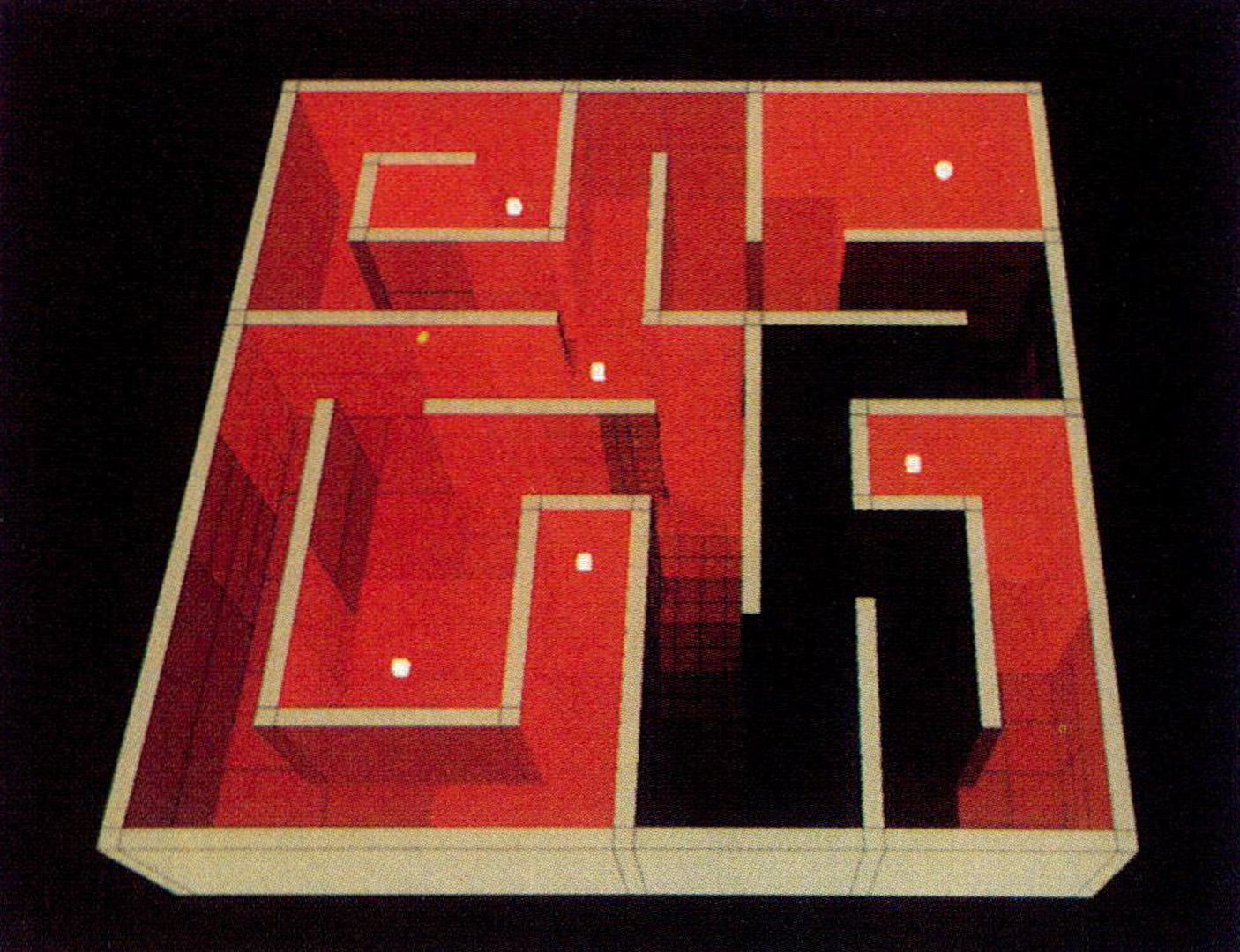“An importance-driven radiosity algorithm” by Smits, Salesin and Arvo
Conference:
Type(s):
Title:
- An importance-driven radiosity algorithm
Presenter(s)/Author(s):
Abstract:
No abstract available.
References:
1. Airey, John M., John H. Rohlf, and Frederick P. Brooks Jr. Towards image realism with interactive update rates in complex virtual building environments. Computer Graphics (Special Issue on 1990 Symposium on Interactive 3D Graphics) 24(2): 41-50, 1990.
2. Arvo, James. Backward ray tracing. In the SIGGRAPH ’86 “Developments in Ray Tracing” course notes, 1986.
3. Baum, Daniel R., Stephen Mann, Kevin P. Smith, and james M. Winget. Making radiosity usable: automatic preprocessing and meshing techniques for the generation of accurate radiosity solutions. Computer Graphics 25(4): 51–60, 1991.
4. Campbell, III, A. T. and Donald Fussell. Adaptive mesh generation for global diffuse illumination. Computer Graphics 24(4): 155-64, 1990.
5. Chen, Shenchang Eric, Holly E. Rushmeier, Gavin Miller, and Douglass Turner. A progressive multi-pass method for global illumination. Computer Graphics 25(4): 165-74, 1991.
6. Cohen, Michael E, Donald E Greenberg, David S. Immel, and Philip J. Brock. An efficient radiosity approach for realistic image synthesis. IEEE Computer Graphics and Applications 6(2): 26–35, 1986.
7. Cohen, Michael E, Shenchang Eric Chen, John R. Wallace, and Donald P. Greenberg. A progressive refinement approach to fast radiosity image generation. Computer Graphics 22(4): 75-84, 1988.
8. Davison, B. Neutron Transport Theory. Oxford University Press, London, 1957.
9. Dorsey, Julie O’B., Franqois X. Sillion, and Donald P. Greenberg. Design and simulation of opera lighting and projection effects. Computer Graphics 25(4): 41-50, 199 I.
10. Goral, Cindy M., Kenneth E. Torrance, Donald P. Greenberg, and Bennett Battaile. Modeling the interaction of light between diffuse surfaces. Computer Graphics 18(3): 213-22, 1984.
11. Haines, Eric. Ronchamp: a case study for radiosity. In the SIG- GRAPH ’91 “Frontiers in Rendering” course notes, ~3:1-28, 1991.
12. Hanrahan, Pat, David Salzman, and Larry Aupperle. A rapid hierarchical radiosity algorithm. Computer Graphics 25(4): 197-206, 199 I.
13. Heckbert, Paul S. Adaptive radiosity textures for bidirectional ray tracing. Computer Graphics 24(4): 145-54, 1990.
14. Kajiya, J. T. The rendering equation. Computer Graphics 20(4): 143-50, 1986.
15. Kalos, M. H., and Paula A. Whitlock. Monte Carlo Methods, Volume I: Basics. J. Wiley, New York, 1986.
16. Lewins, Jeffery. Importance, The Adjoint Function: The Physical Basis of Variational and Perturbation Theory in Transport and Diffusion Problems, Pergamon Press, New York, 1965.
17. Sillion, Francois and Claude Puech. A general two-pass method integrating specular and diffuse reflection. Computer Graphics 23(4): 335-44, 1989.
18. Sillion, Francois X., James R. Arvo, Stephen H. Westin, and Donald E Greenberg. A global illumination solution for general reflectance distributions. Computer Graphics 25(4): 187- 96, 1991.
19. Teller, Seth J. and Carlo H. S6quin. Visibility preprocessing for interactive walkthroughs. Computer Graphics 25(4): 61- 9, 1991.
20. Wallace, John R., Michael E Cohen, and Donald P. Greenberg. A two-pass solution to the rendering equation: a synthesis of ray tracing and radiosity methods. Computer Graphics 21(4): 311-20, 1987.
21. Wallace, John R., Kells A. Elmquist, Eric A. Haines. A ray tracing algorithm for progressive radiosity. Computer Graphics 23(3): 315-24, 1989.
22. Ward, Gregory J., Francis M. Rubenstein, and Robert D. Clear. A ray-tracing solution for diffuse interreflection. Computer Graphics 22(4): 85-92, 1988.





